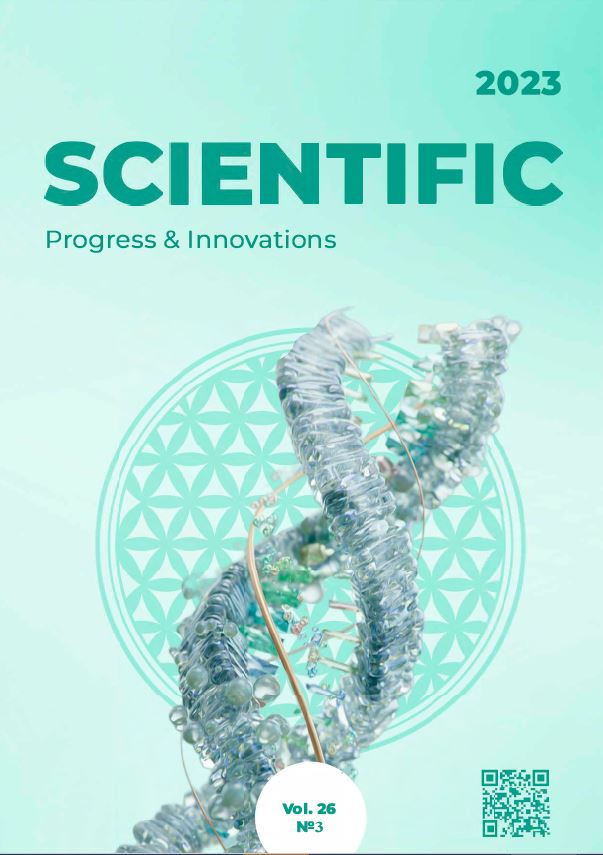Peculiarities of using acaricides against common red spider mite (Tetranychus urticae Koch) for cucumber protection on protected ground
DOI:
https://doi.org/10.31210/spi2023.26.03.11Keywords:
Tetranychus urticae Koch, pest, stages of development, acaricide, biological effectivenessAbstract
Common red spider mite (Tetranychus urticae Koch) is one the most harmful pests causing harvest losses of many orchard, decorative, and agro-technical crops. The pest is especially harmful on protected ground, which makes it impossible to grow glasshouse crops without constant intensive fighting it. The purpose of the research is to study the efficacy of using acaricides against common red spider mite on protected ground. The cucumber plants of Carmen F1 hybrid resistant to diseases and used for growing in greenhouses, was taken as a plant-host for T. urticae. Cucumbers were grown in a greenhouse in plastic containers in a soilless mixed medium under mercury lamps of high light intensity. The plants were fertilized with Osmocote complex fertilizer containing the main elements N18P18K18. Pesticides were not used on background plants.The effectiveness of different concentrations of Vertimec, Talstar, and Alert acaricides was studied for all-aged population of T. urticae on the 3, 7th and 14th day after the treatment of eggs, larvae/nymphs, and adult mite specimens. The chemical method of fighting T. urticae proved its high efficacy against the pest population. Vertimec (18 g/l of abamectin) in the concentration of 0.7 ml/l and Alert (240 g/l of chlorfenapyr) in the concentration of 0.50 ml/l had the most considerable effect among the tested acaricides at all the stages of T. urticae development. The least effect was caused by Talstar standard acaricide (100 g/l of bifenthrin) in the concentration of 1.00 ml/l. The largest decrease of T. urticae population was observed after the treatment of adult specimens with the tested acaricides. Moreover, all the tested acaricides were marked with a high biological effectiveness in fighting T. urticae. Vertimec and Alert demonstrated the highest efficacy (nearly 100 %) at 0.70 and 0.50 ml/l concentrations – 99.58 and 99.75 %, respectively. Talstar acaricide in the con-centrations of 1.00 and 1.25 ml/l was the least effective against T. urticae – 77.80–82.97, respectively.

 Creative Commons Attribution 4.0 International Licens
Creative Commons Attribution 4.0 International Licens